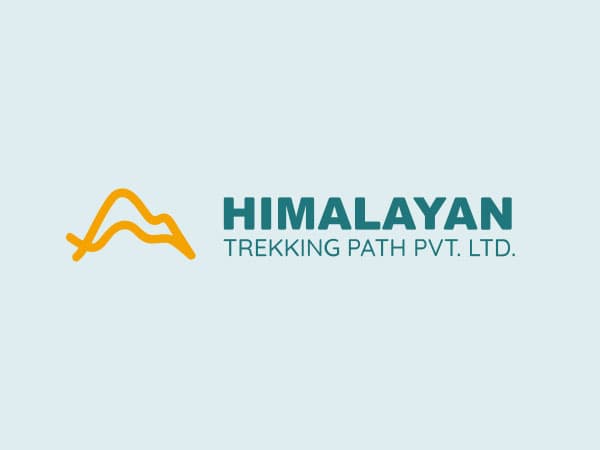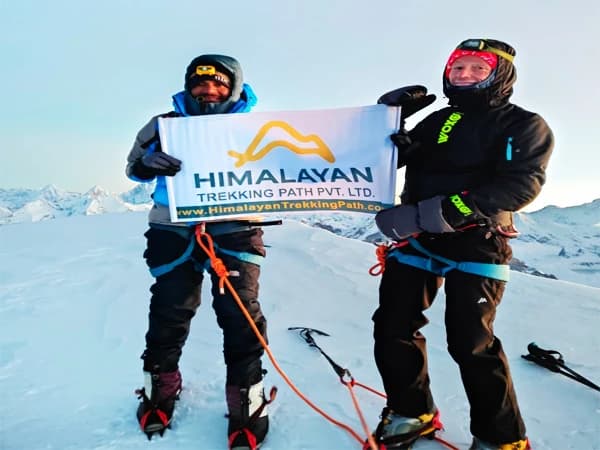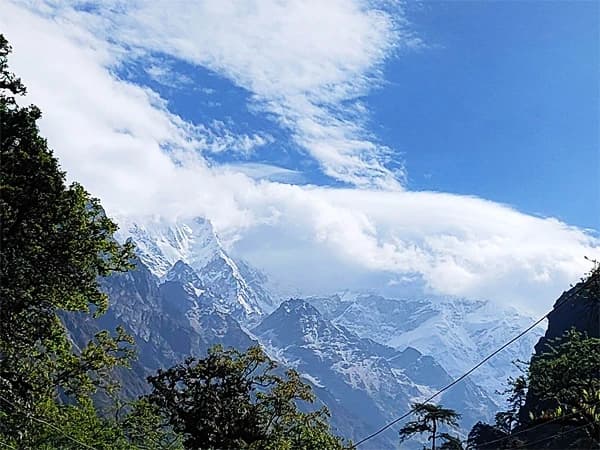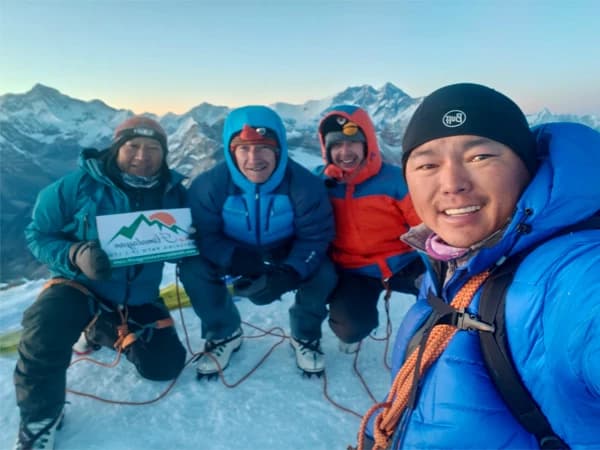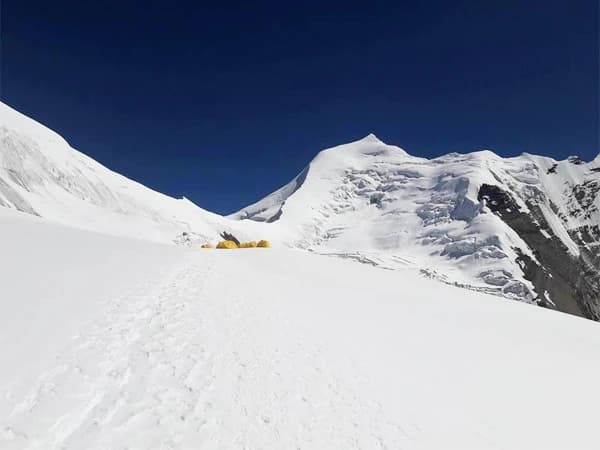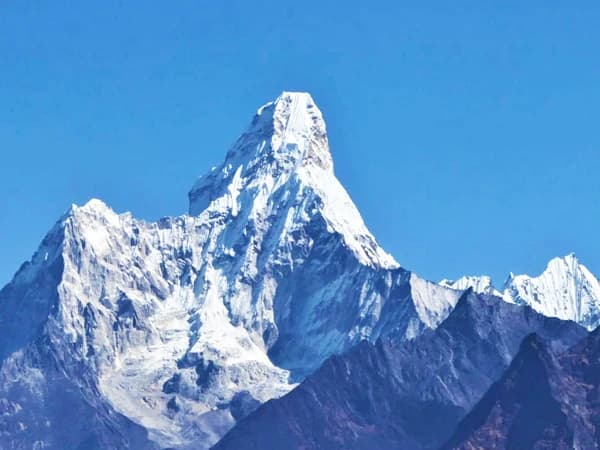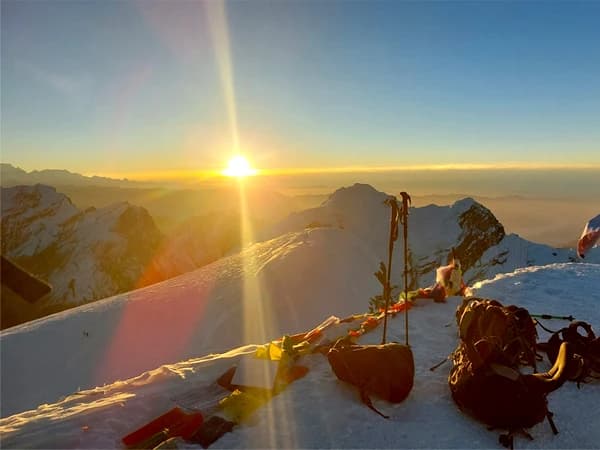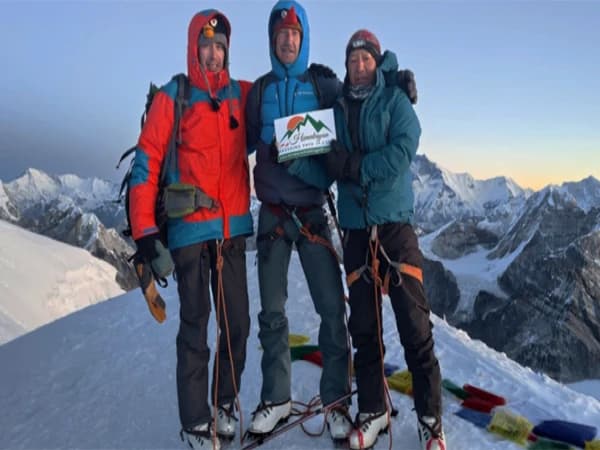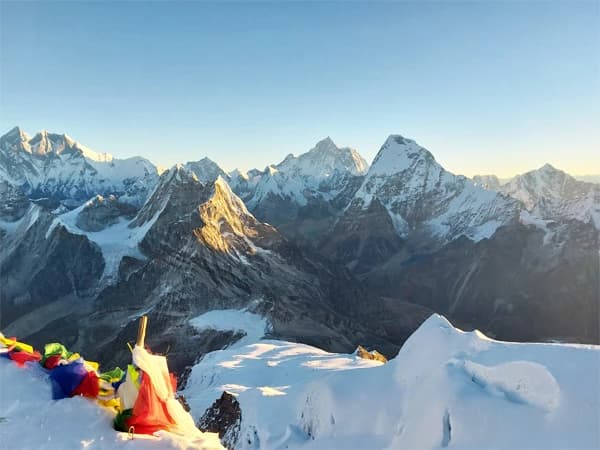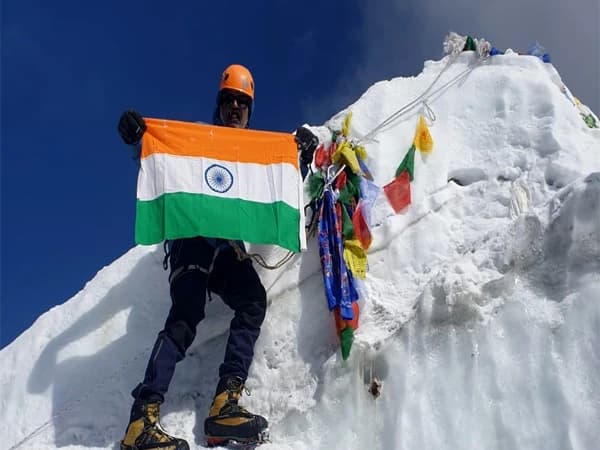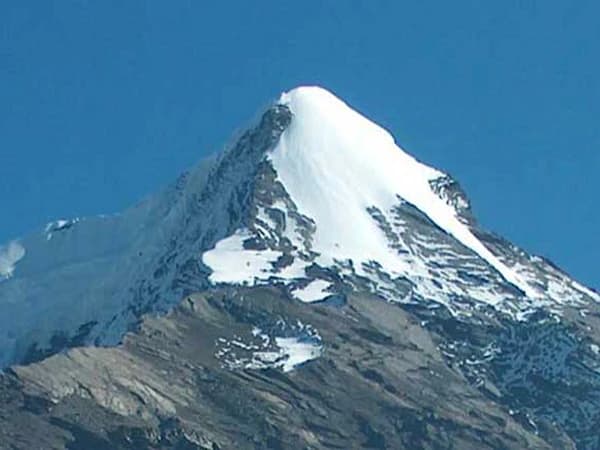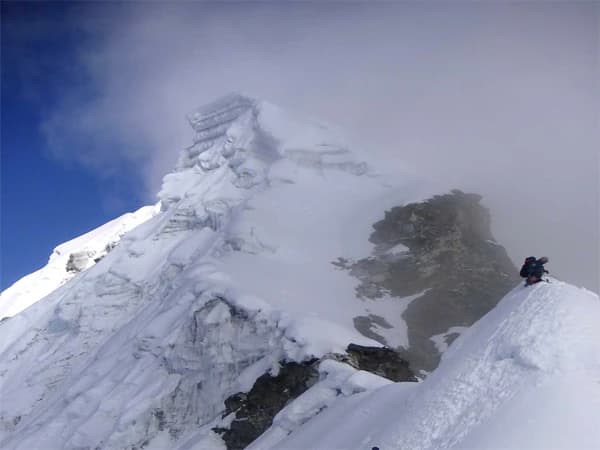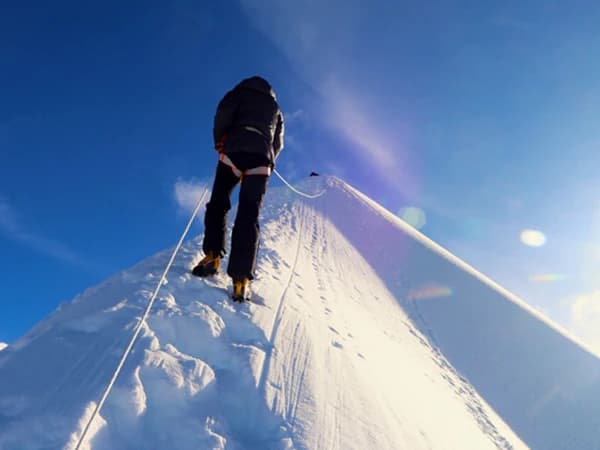The land of enchanted Himalayas: Nepal bestows Peak climbing and expedition opportunities on climbing peaks with thrills and experiences of adventure to the backpackers, which requires less technical climbing skill and no special climbing equipment. Nevertheless, backpackers are mostly expected to be rather fit, and of course with a keen sense of escape in higher elevations. Multiple mountain ranges in Nepal are home to 1,310 peaks above 6,000m. The peaks that generally fall between 5,000 and 6,500 m altitudes are known as climbing peaks, aka “trekking peaks, “as classified by the Nepal Mountaineering Association (NMA). Currently, 27 mountain peaks are officially opened for mountaineering ventures by the Nepal Mountaineering Association (NMA) as Group "A,” consisting of 12 expedition peaks, and Group "B,” consisting of 15 climbing peaks. These peaks can be attempted as part of a normal trekking trip, ascending up to the predetermined summit. It is illegal to climb a peak without obtaining a climbing permit. To scale the peak, a separate permit is required along with an associated permit fee. A permit can be acquired from NMA upon request.
Nepal is widely renowned for peak climbing that offers the right set of circumstances to ascend a Himalayan summit alongside exposure to the white wilderness, without being a burden to your pocket. From Kathmandu, the nearest peak accessible for climbing is Yala Peak, situated in Langtang. The majority of these climbs can be achieved within a short period. For example, Naya Khang, and Yala Peak in the Langtang Valley can be accomplished in less than twenty days with sufficient time for acclimatization. Pisang & Chulu East, Chulu West in the Annapurna region, Mera Peak, Island Peak, Lobuche East and West, Khongma Tse, and Nirikha Peak in the Everest region are some celebrated peak climbing destinations in Nepal.
Peak climbing may add a twist to your trekking escapade but peak climbing demands elementary mountaineering above the snowline, utilizing harness, ropes, ice axes, hammers, screws, climbing boots with crampons, Screwgate karabiners, etc. Thus, it is a must to acquire basic mountaineering skills. Also, the ascent should be attempted under the instructions and guidance of professional climbing guides with substantial mountaineering experience and expertise.
Beyond the 6000-meter mark, there exists a range of 7000-meter peaks that promise an unforgettable experience in your lifetime. These summits present significant challenges and necessitate thorough preparation along with suitable gear. Among the notable 7000-meter peaks in Nepal are Baruntse (7129m), Putha Chuli (7246m), Tilicho Peak (7135m), Nuptse (7861m), Gangapurna (7455m), Mt. Annapurna South (7219m), Himlung (7126m), Api Himal (7132m), Pumori (7161m), and several others.
If you are ready to tackle an 8000-meter peak, you should know that Nepal is home to 8 of the 14 highest mountains in the world. Mount Manaslu (8163m) and Cho Oyu are considered more accessible for beginners, while the other peaks present significantly greater challenges and require substantial financial investment and preparation. The renowned 8000-meter mountains include Mount Everest in the Sagarmatha Region (8,848 meters), Kanchenjunga in the Kanchenjunga Region (8,598 meters), Lhotse (8,516 meters), Makalu (8,463 meters), Cho Oyu (8,201 meters), Dhaulagiri (8,167 meters), Manaslu (8,163 meters), and Annapurna (8,091 meters). These majestic peaks await your adventurous spirit, and we at Himalayan Trekking Path are here to assist you on your journey.

